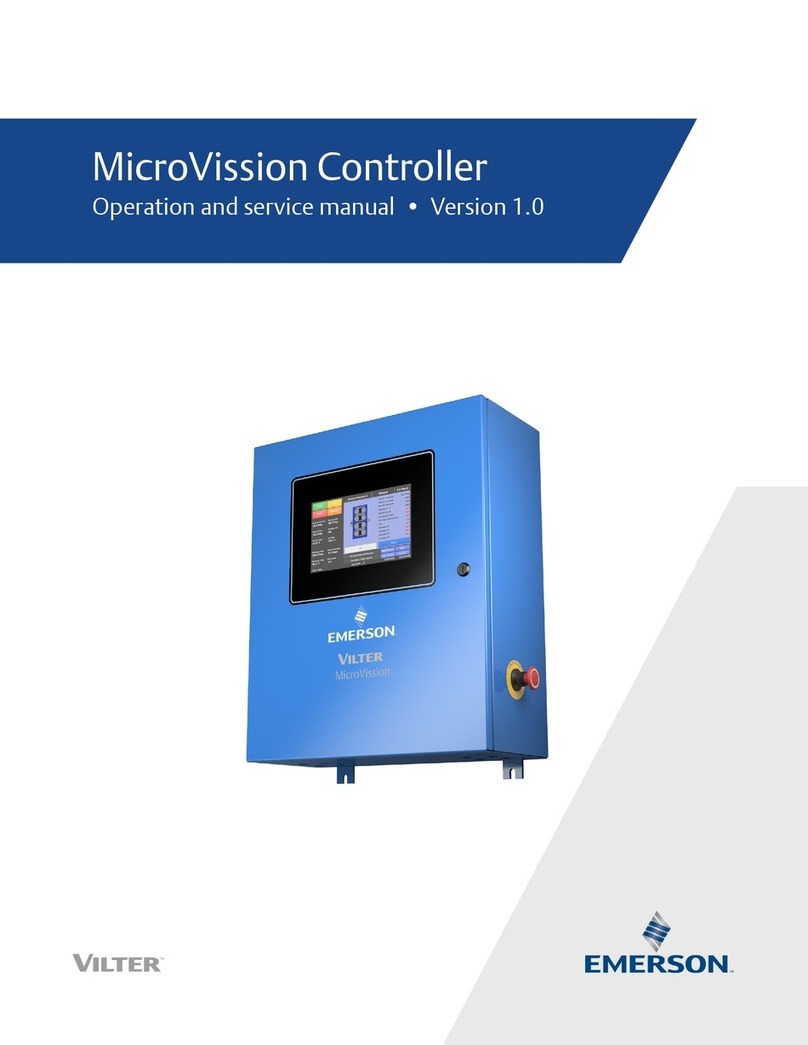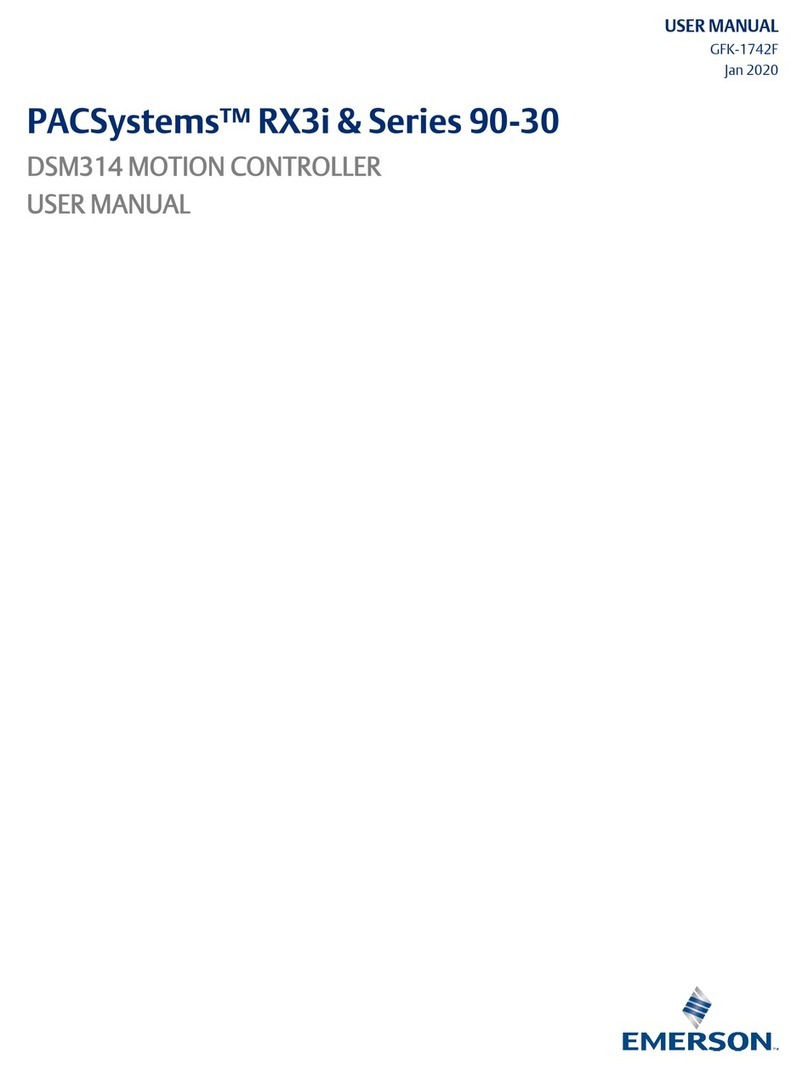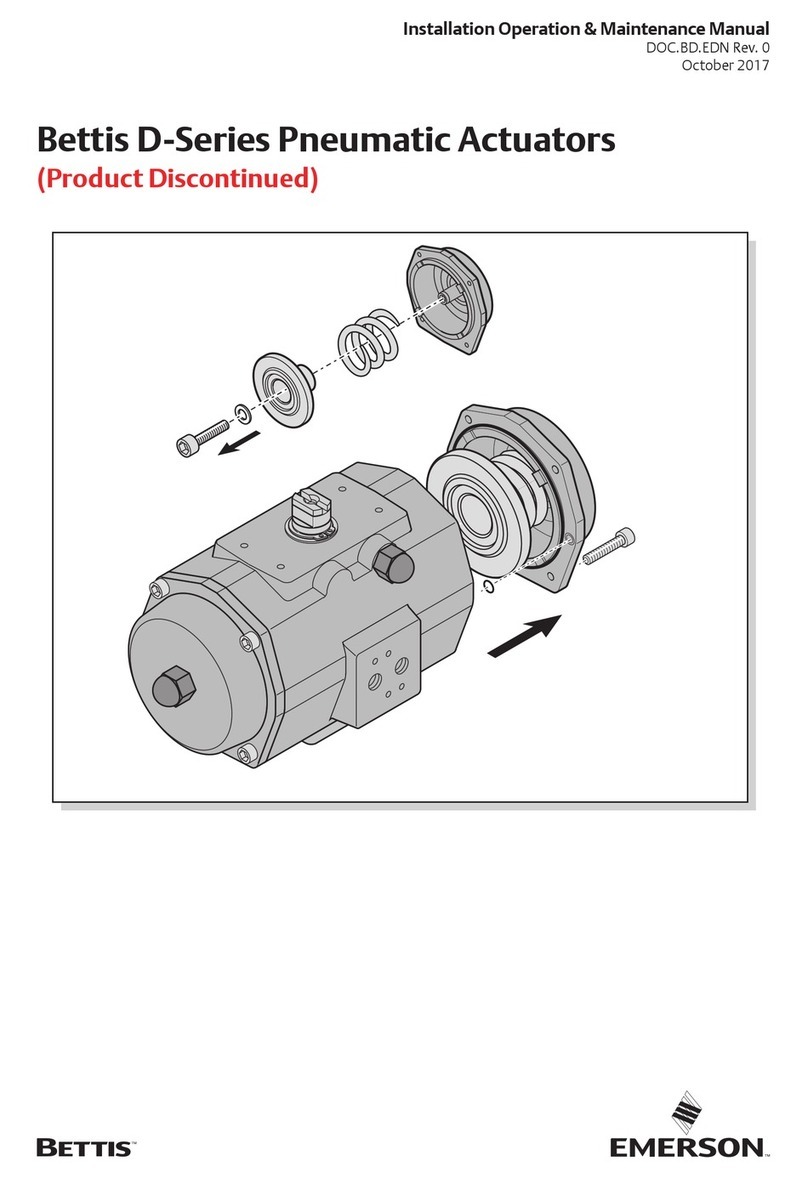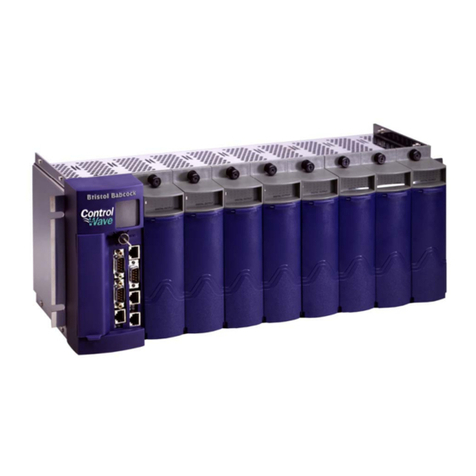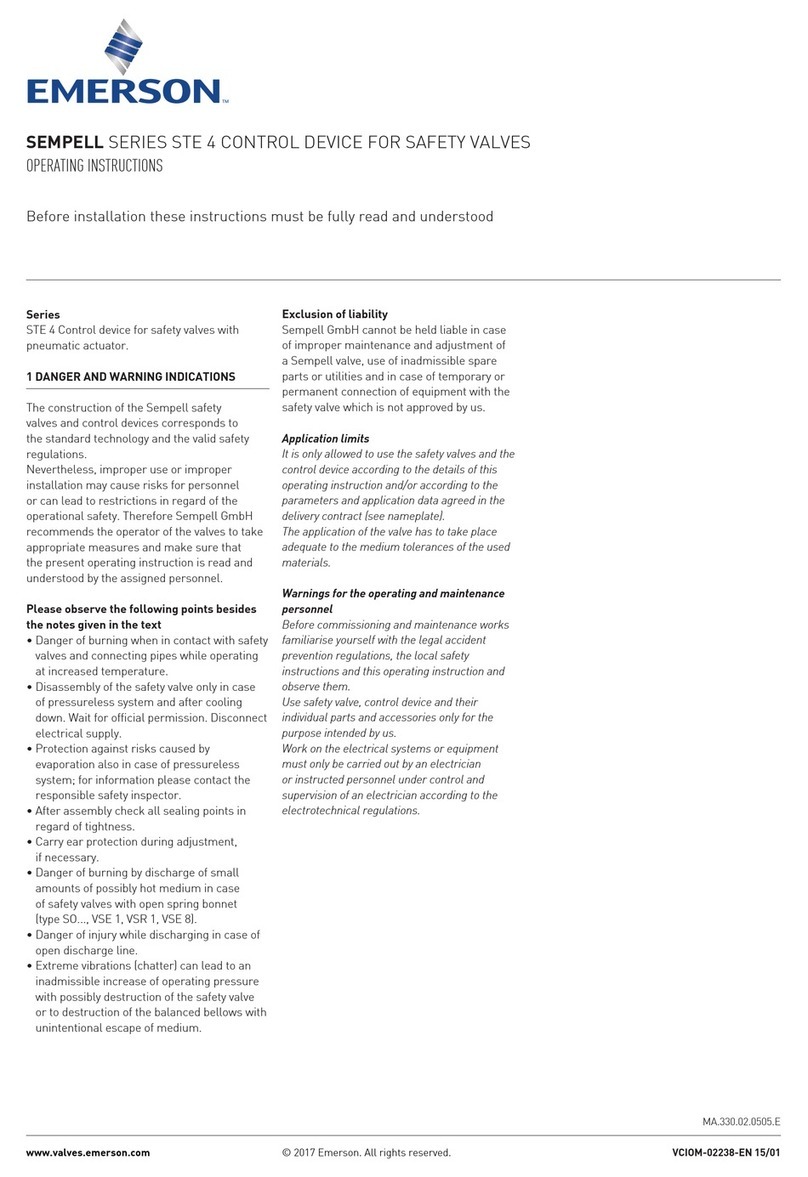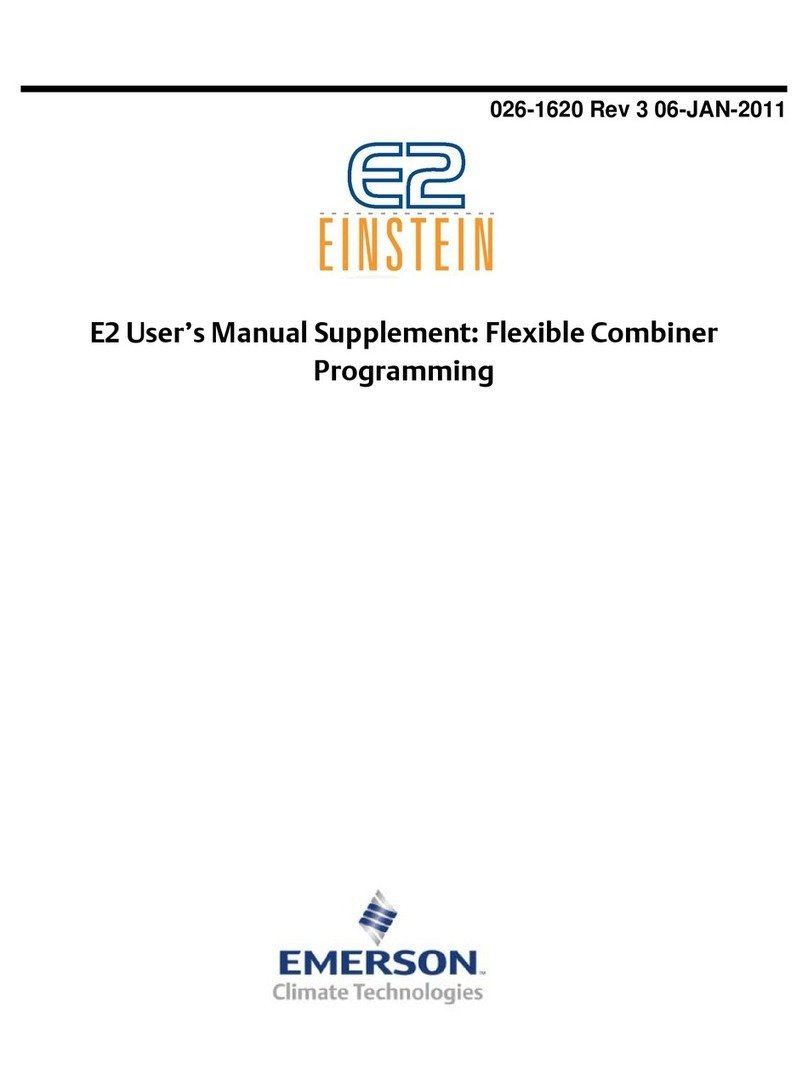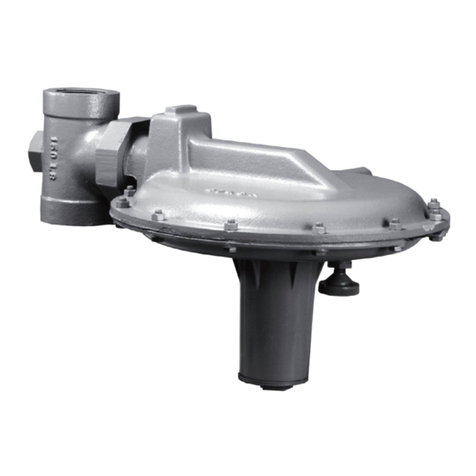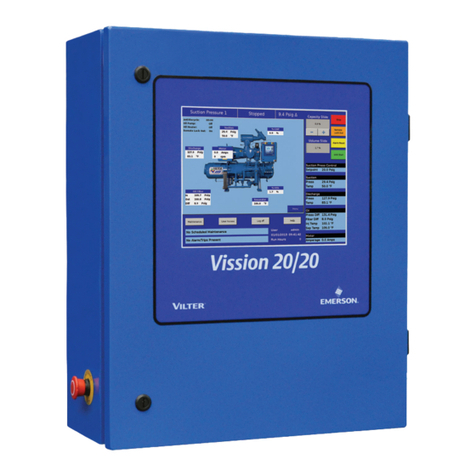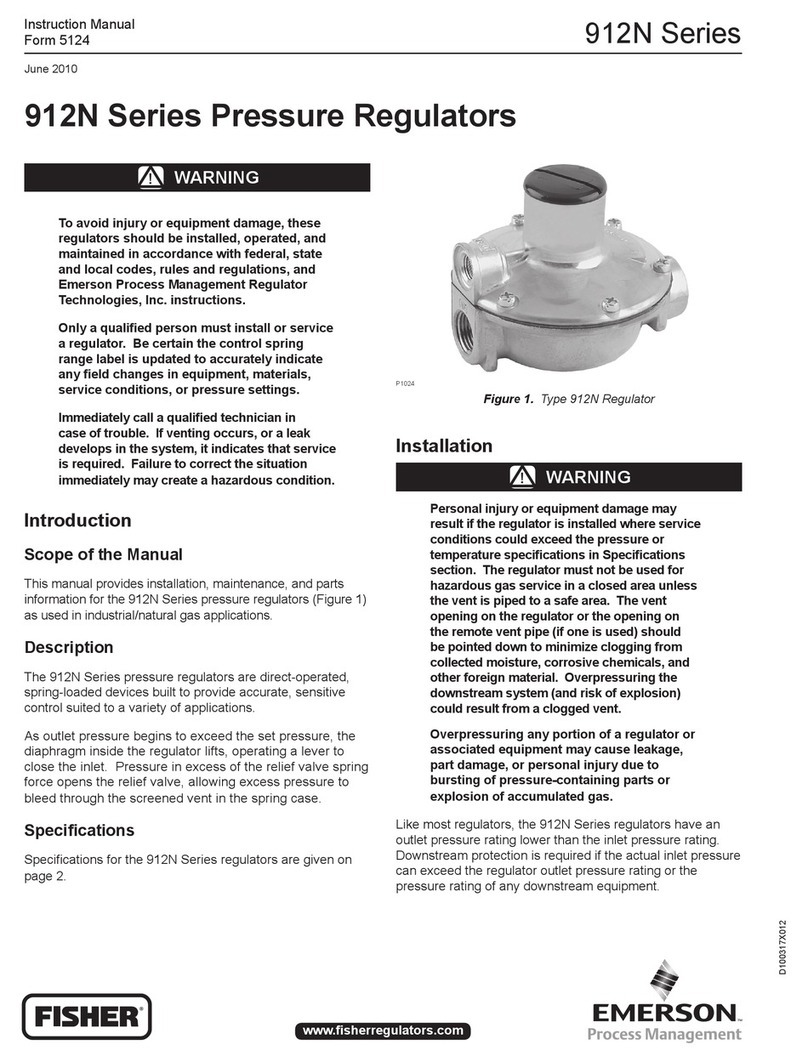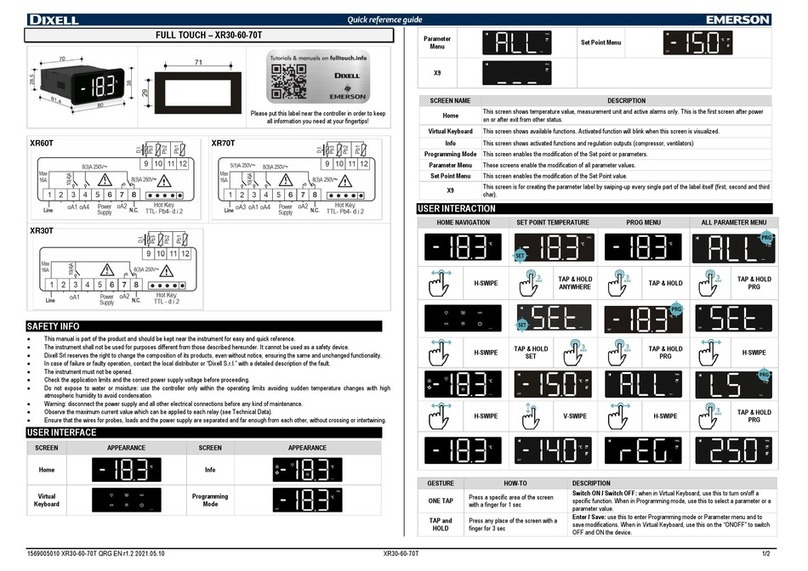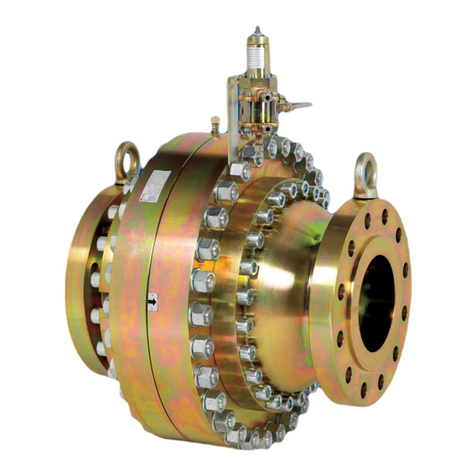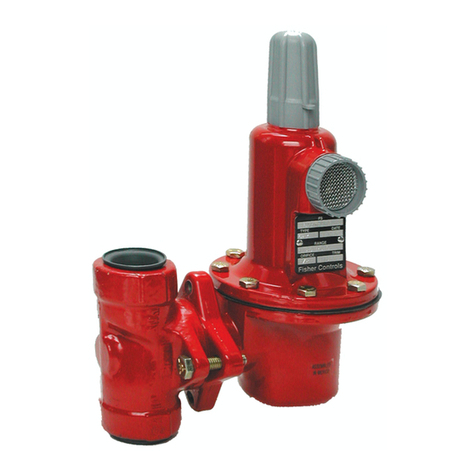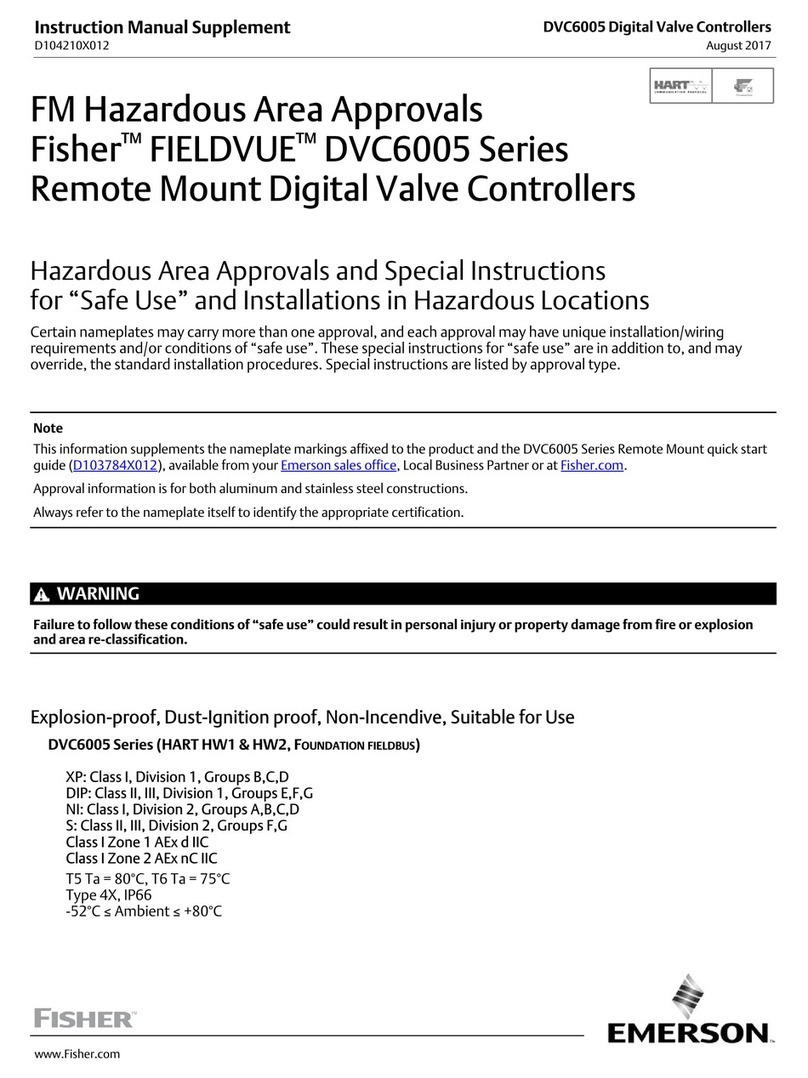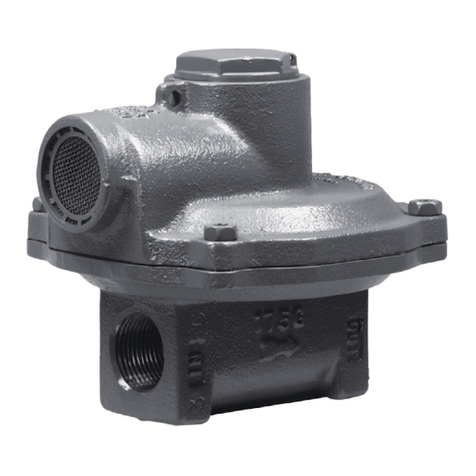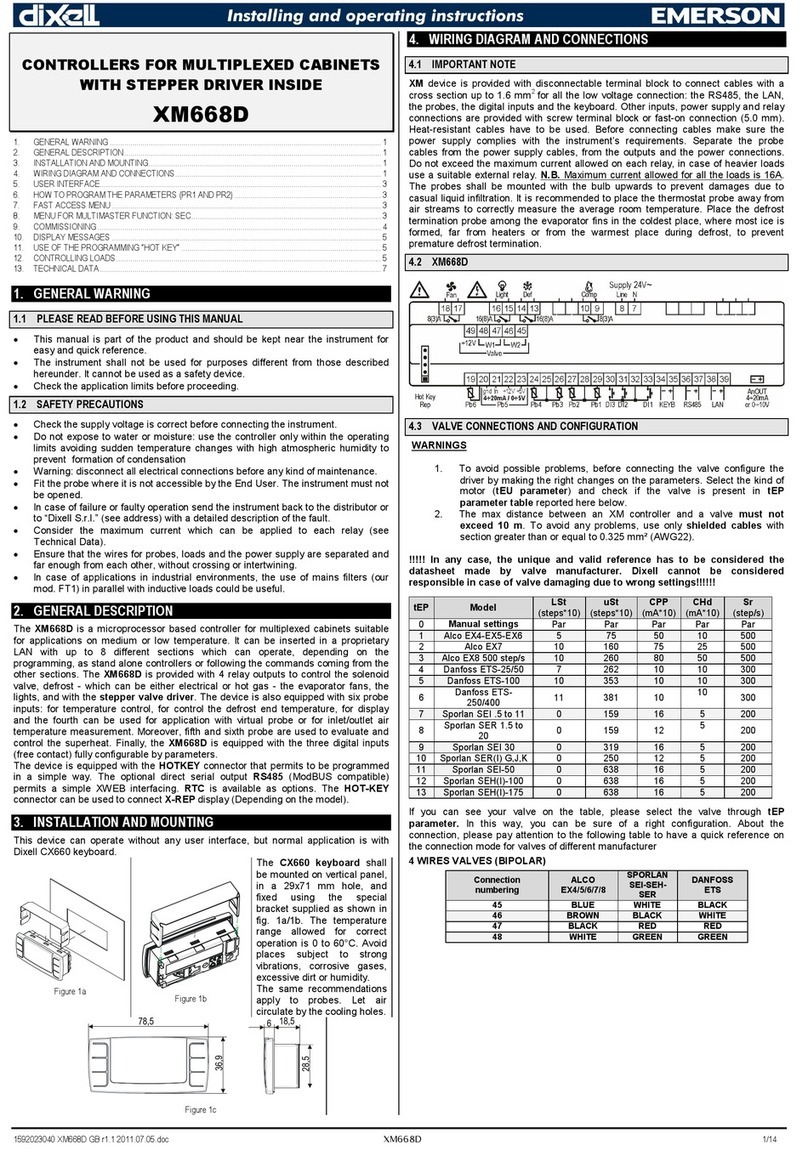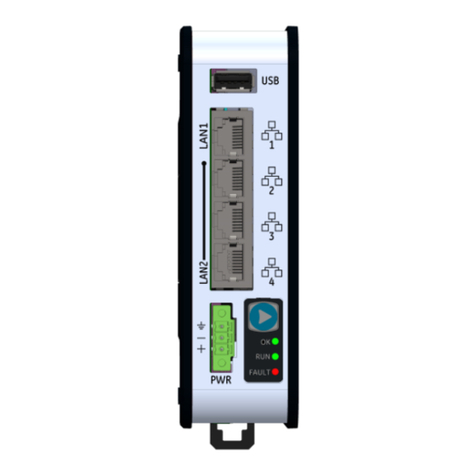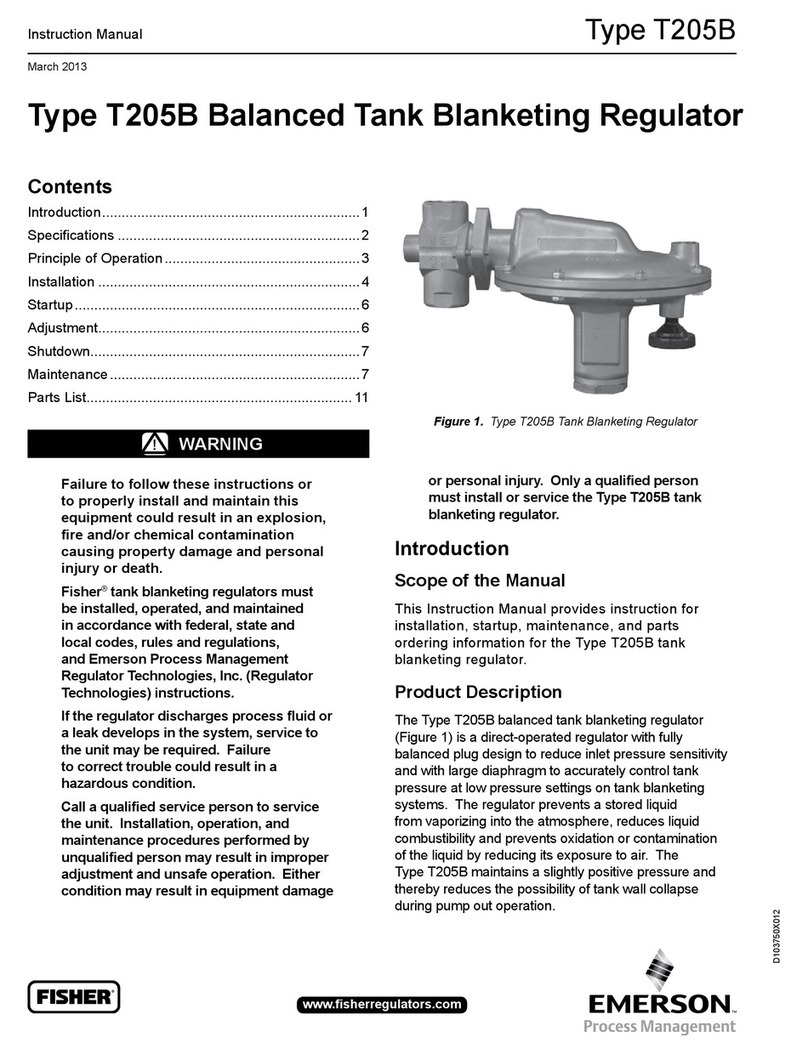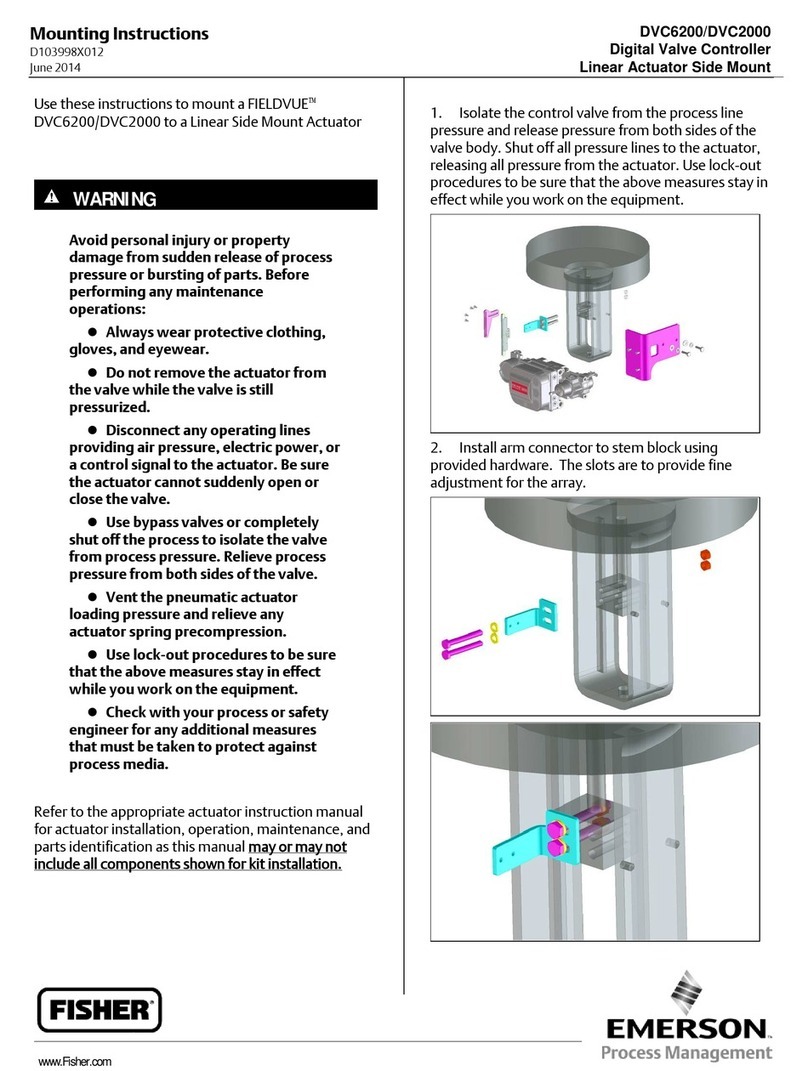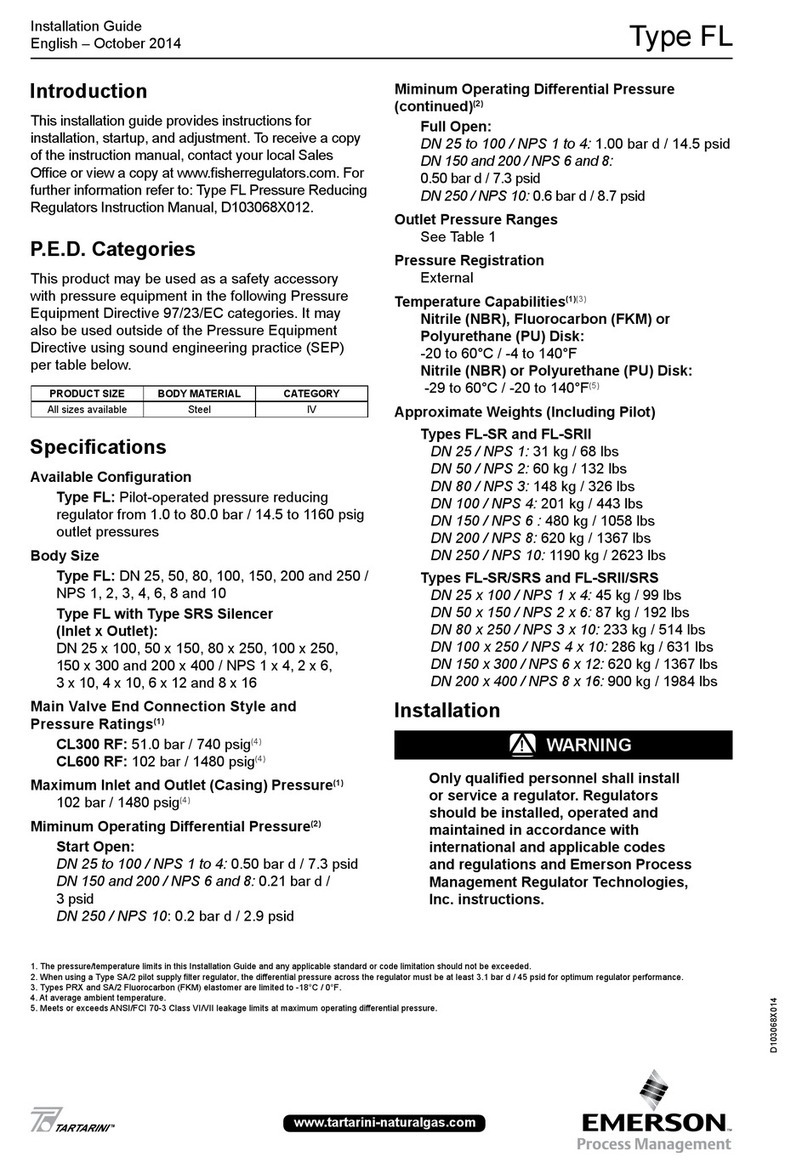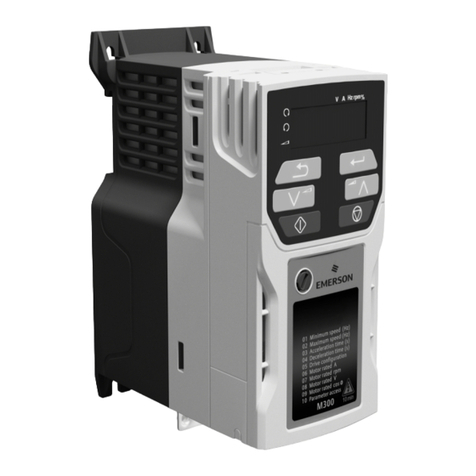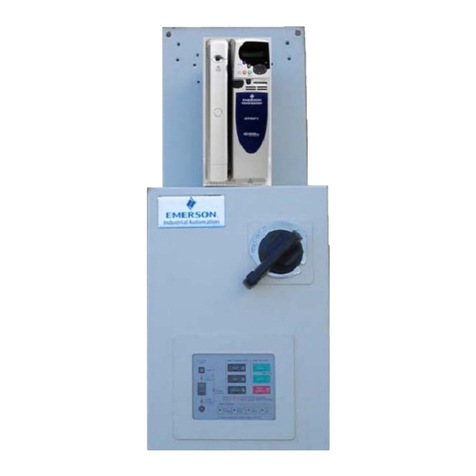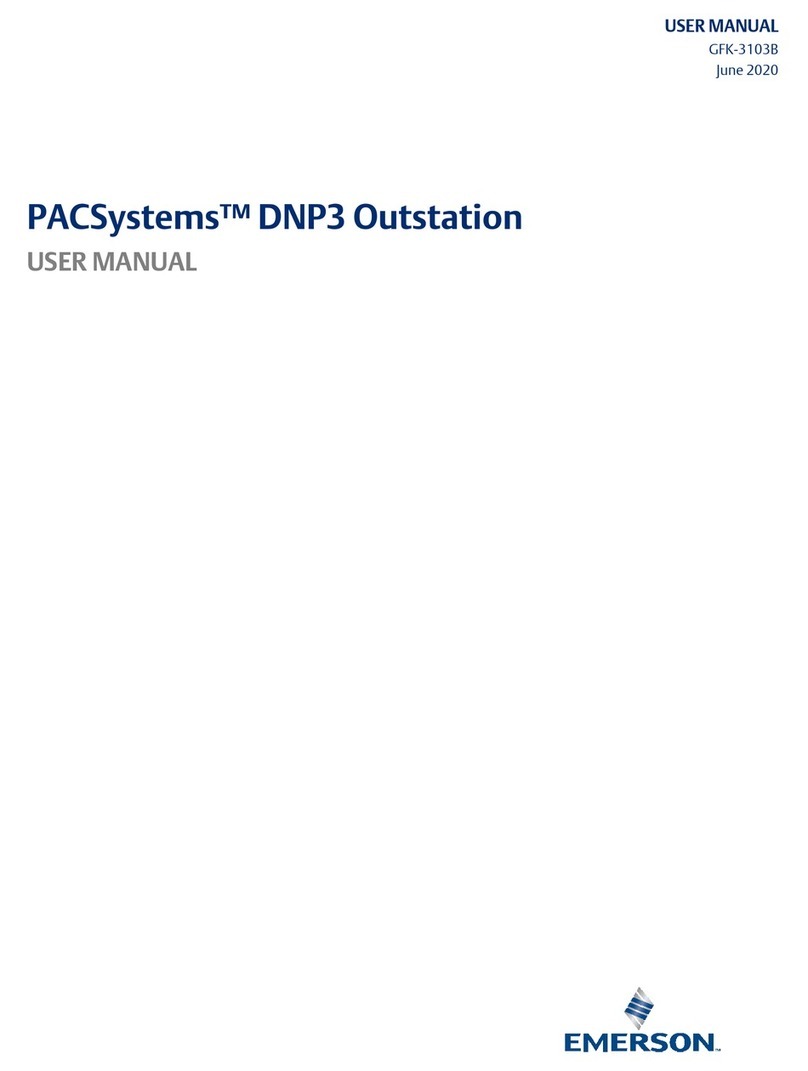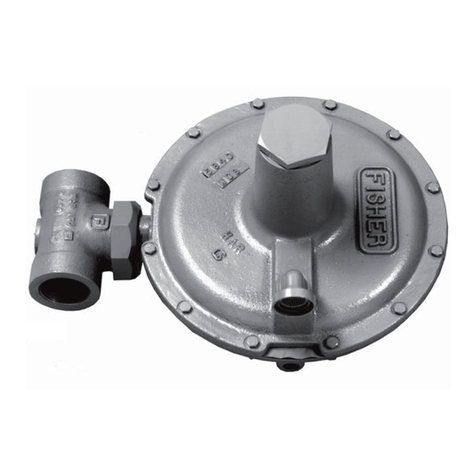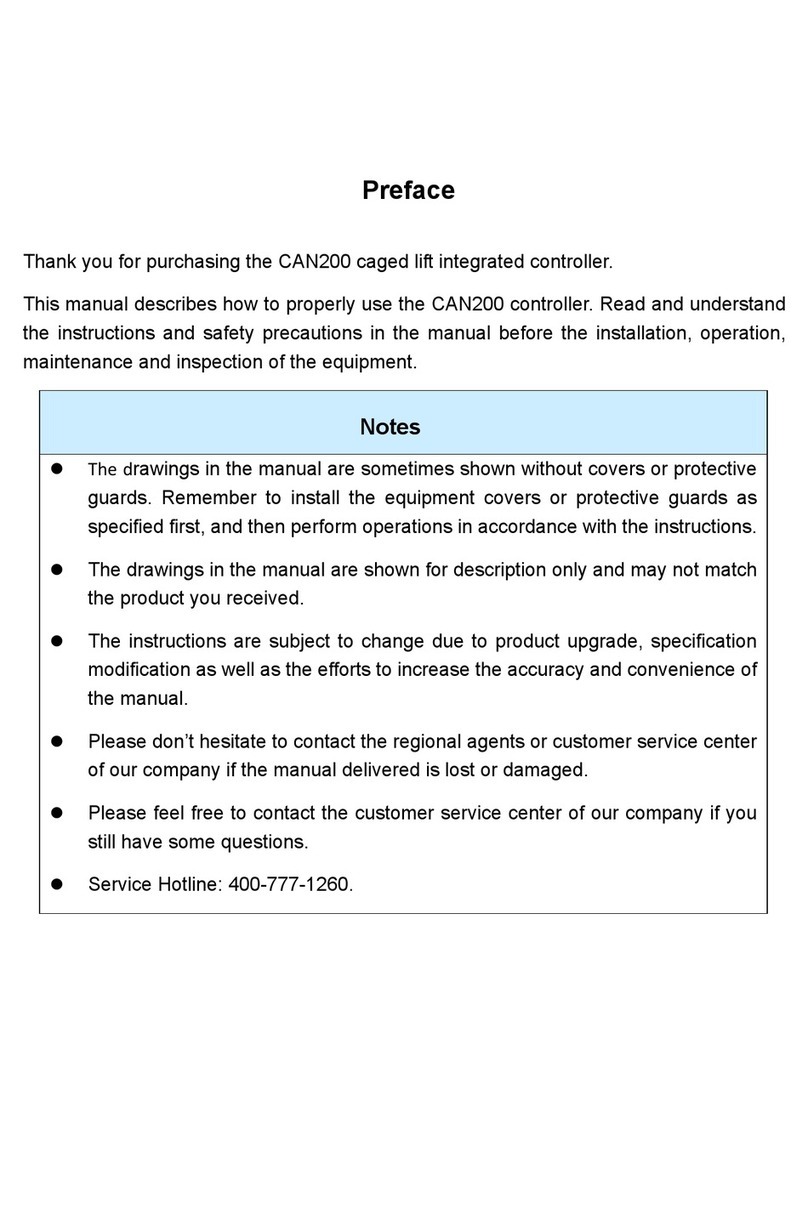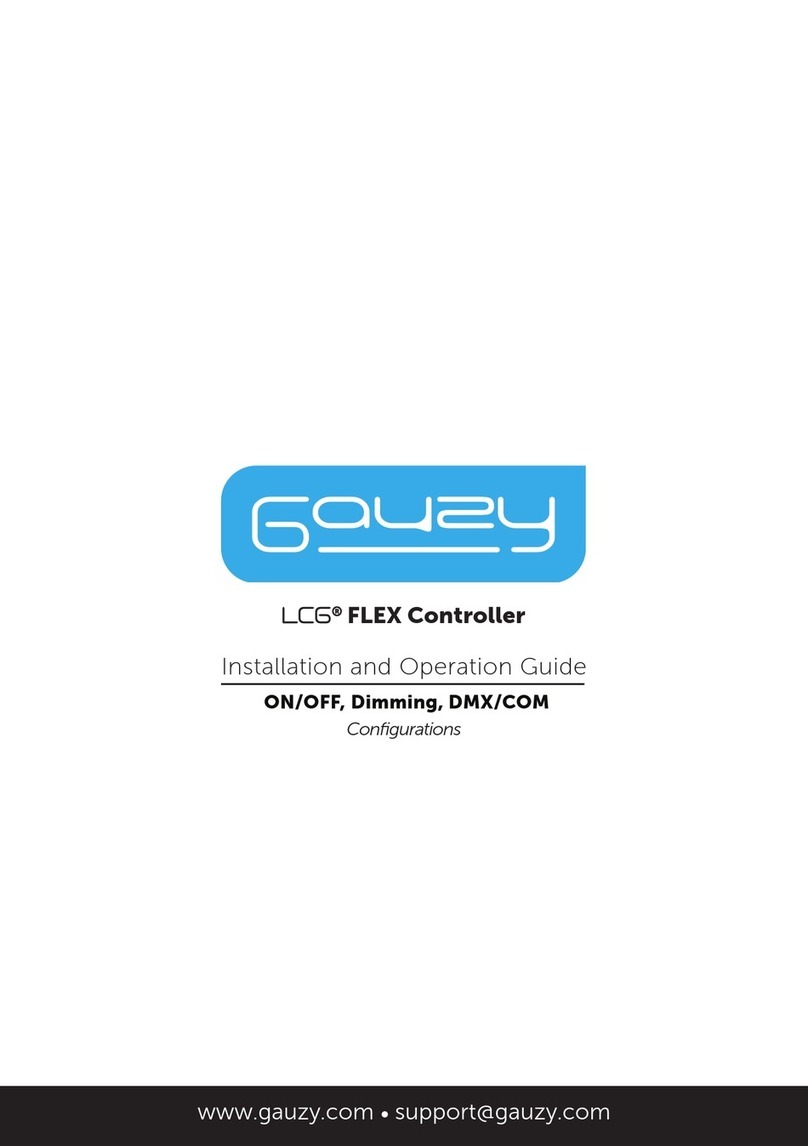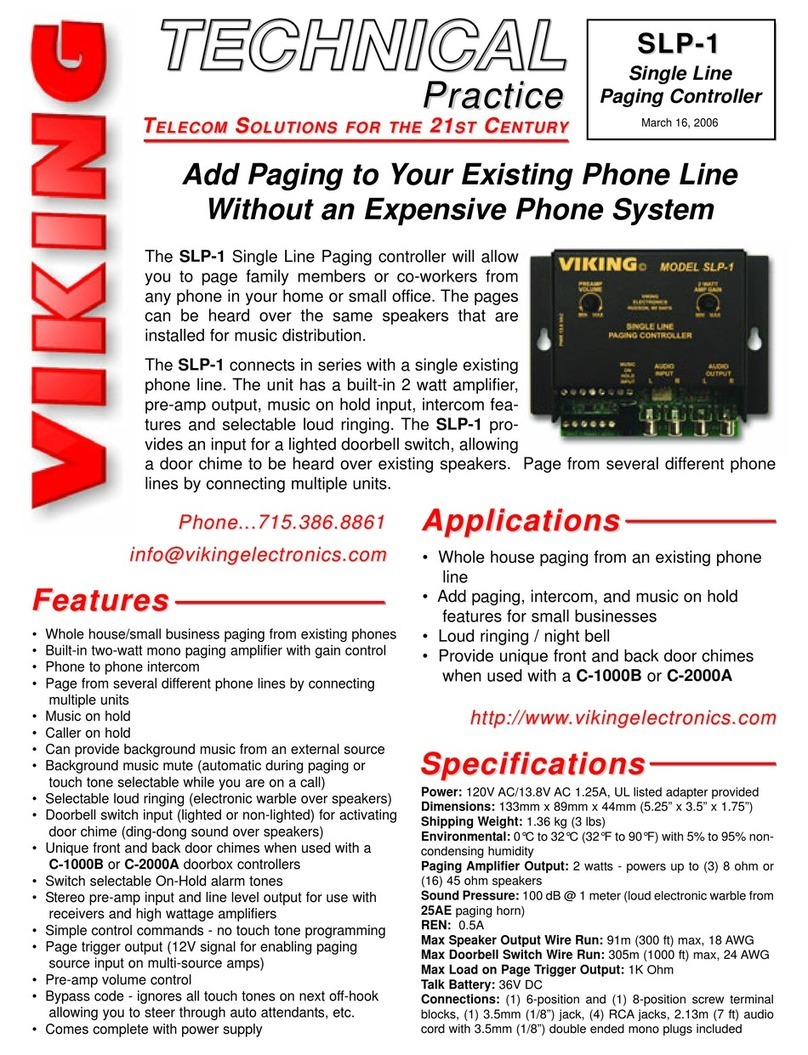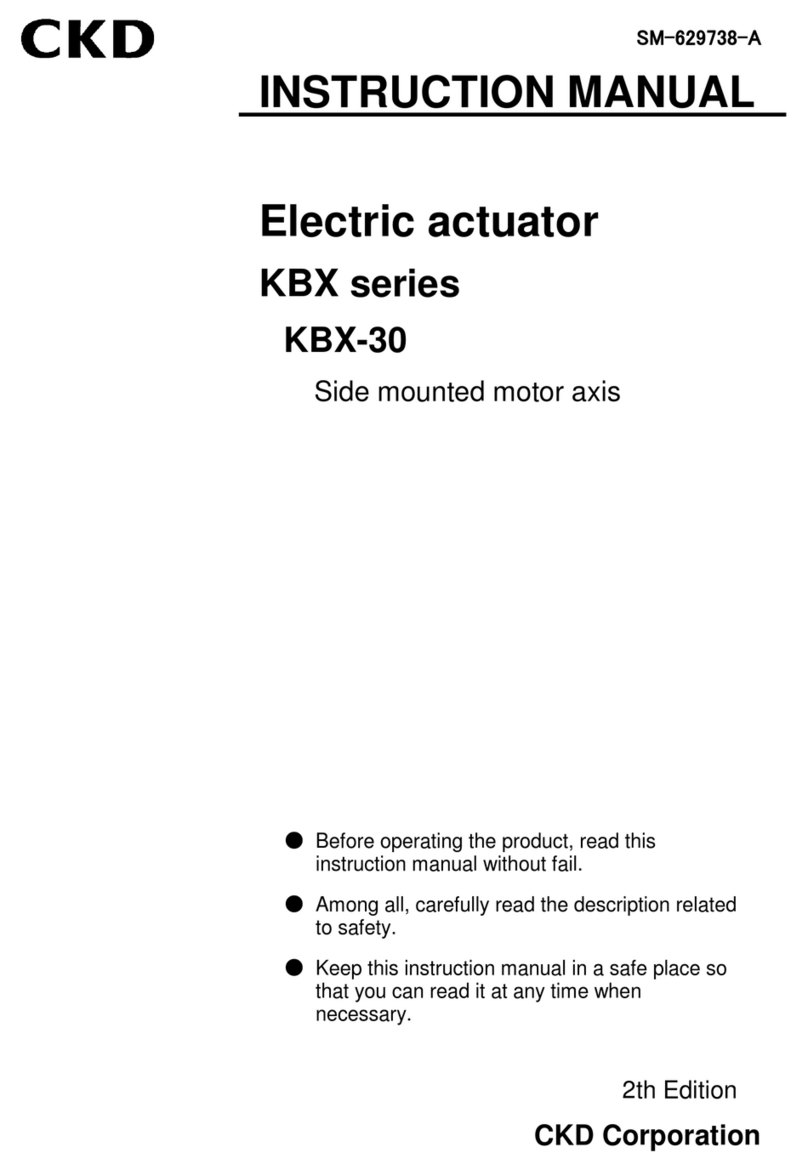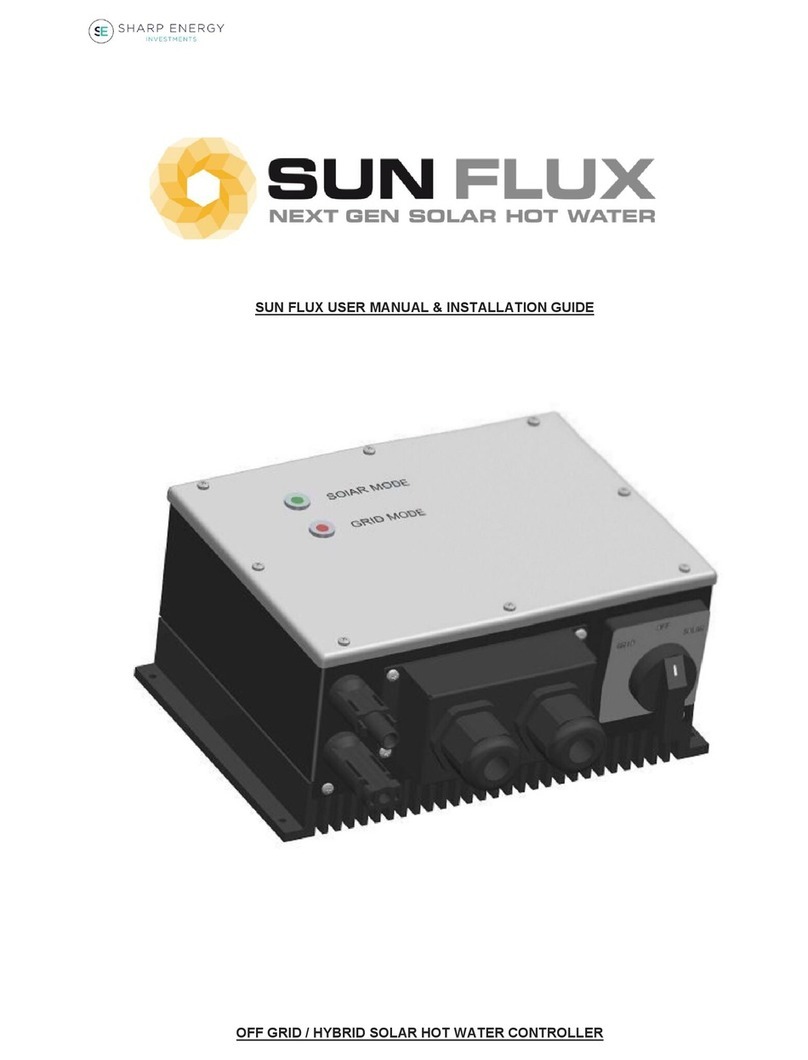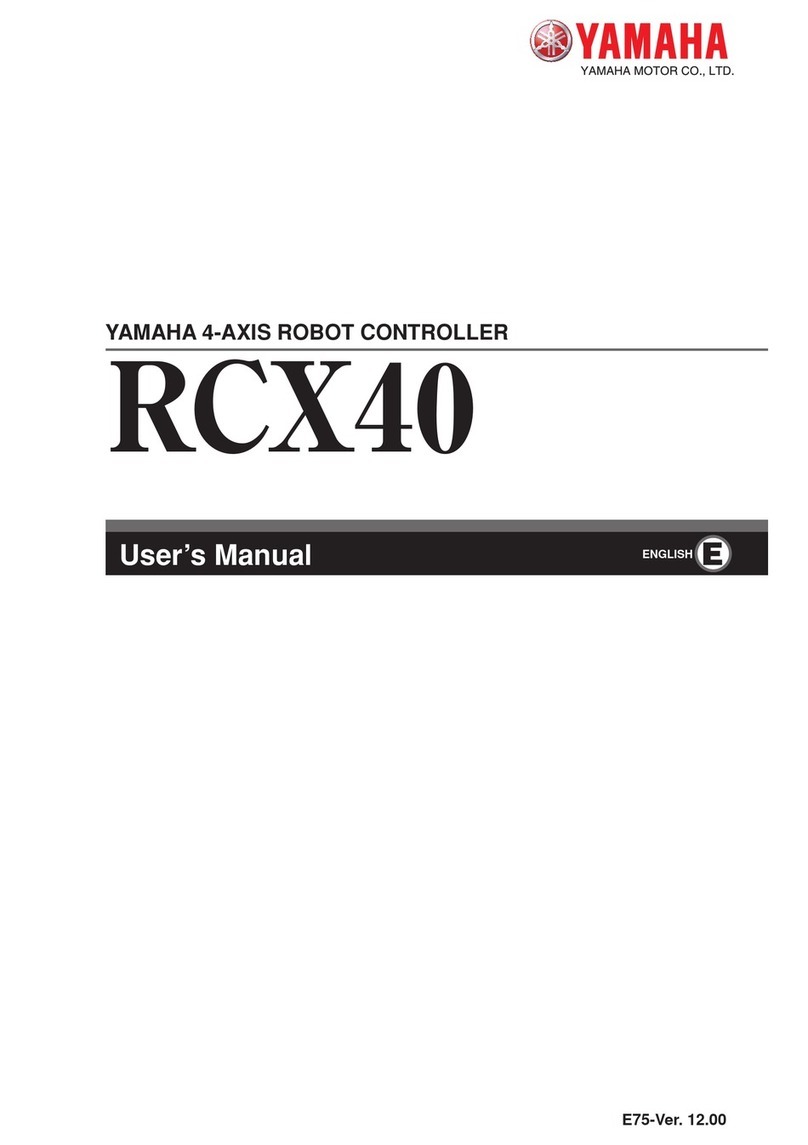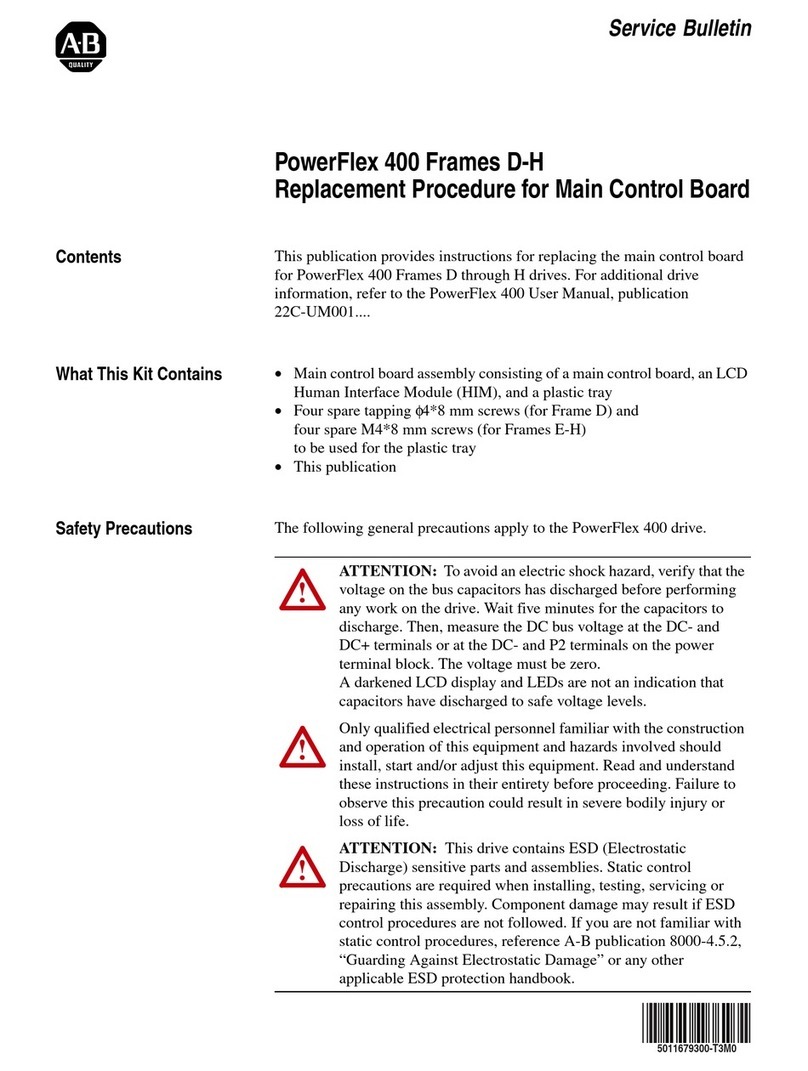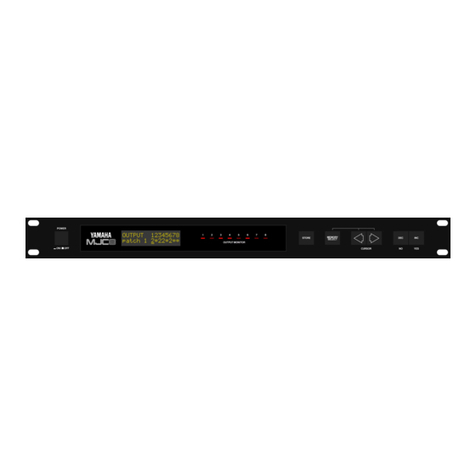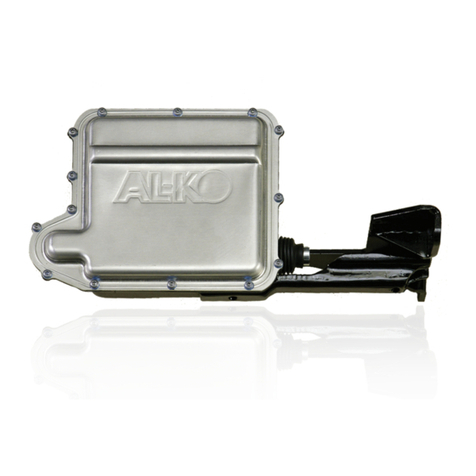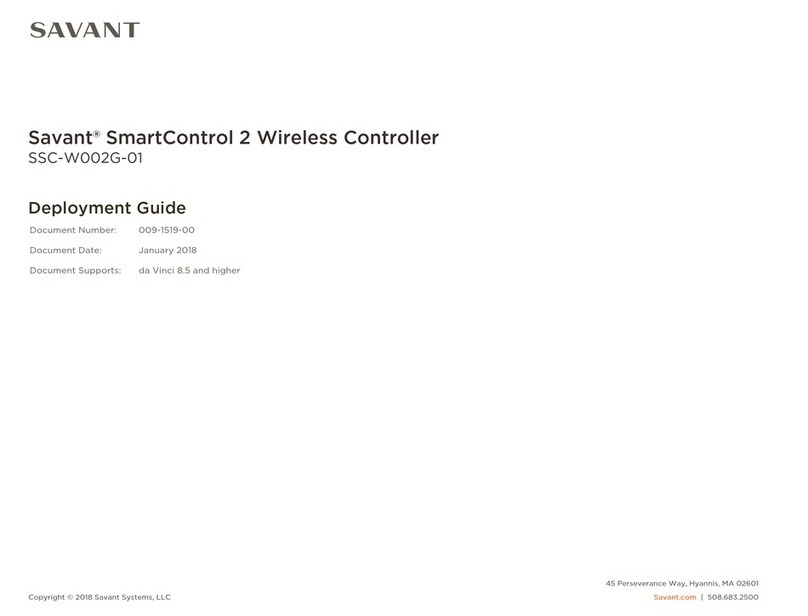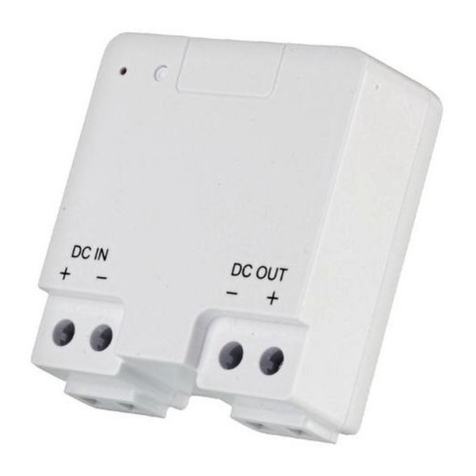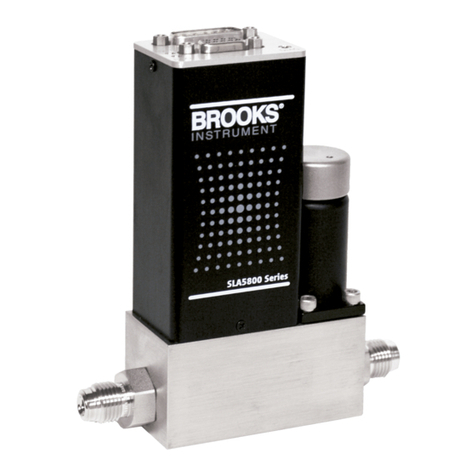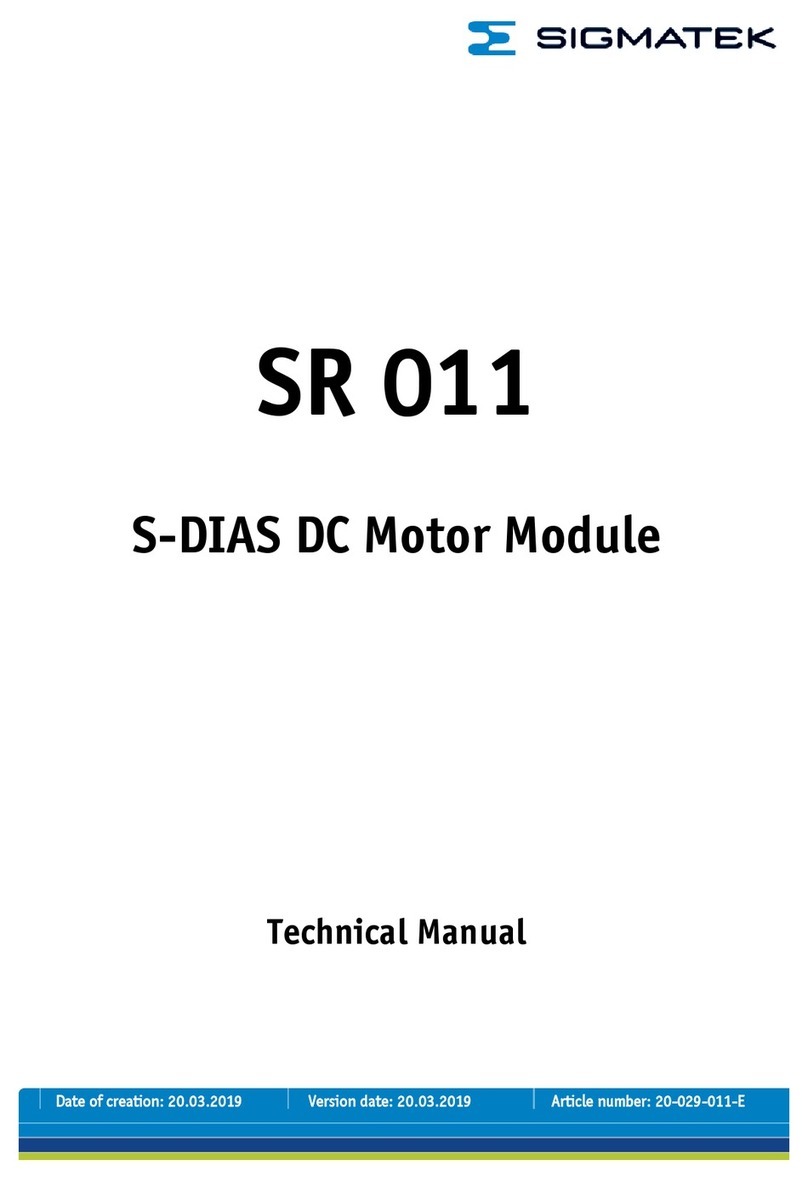
FL Series
6
may accumulate, causing personal
injury, death, or property damage
due to bursting of pressure-retaining
parts. Vent a regulator in hazardous
gas service to a remote, safe location
away from air intakes or any hazardous
location. The vent line or stack opening
must be protected against condensation
or clogging.
4. Type PRX pilots have a 1/4 NPT vent
connection in the spring case. To remotely
vent gas from the spring case, remove the
screened vent, and connect 1/4-inch (6,4 mm)
piping or tubing to the spring case connection.
The piping or tubing should vent to a safe location,
have as few elbows as possible, and have a
screened vent on its exhaust. Install the regulator
and any remote vent piping or tubing so that the
vent is protected from condensation, freezing, or
substances that may clog it.
CAUTION
To avoid freeze up because of pressure
drop and moisture in the gas, use anti-
freeze practices, such as heating the
supply gas or adding a de-icing agent to
the supply gas.
5. The Type PRX pilot connections are
1/4 NPT. Connect a downstream control (sense)
line to a straight run of pipe 6 to 10 pipe
diameters from the regulator outlet as shown in
Figure 3, using 3/8-inch (9,5 mm) or larger
outside diameter tubing. If such a distance is not
practical, connect the control line away from
elbows, swages, nipples, or any area where
abnormal ow velocities occur. Connect the other
end of the control line to the “A” port on the bottom
of the Type PRX pilot.
6. The Type PRX pilot connections are 1/4 NPT.
Connect a downstream bleed line from the “S”
port on the Type PRX pilot to a straight run of pipe
6 to 10 pipe diameters from the regulator outlet as
shown in Figure 3, using 3/8-inch (9,5 mm) or
larger outside diameter tubing.
CAUTION
To prevent damage to the pilot during
startup, the sense and bleed lines
should be located on the same side of
the downstream block valve.
7. Install hand valves in the downstream sense
and bleed lines if desired. If hand valves are
installed, they should be full ow valves, such as
a full port ball valve.
8. For optional remote pneumatic loading of a
Type PRX pilot, make the spring case piping
connections just as they would be made for
remote venting.
Wide-Open Monitor Regulator
1. Follow the procedures in the All Installations
section, and then continue with step 2 of
this section. The sense and bleed control lines
of both the upstream and downstream pilots will
be connected to the downstream piping (see
Figure 3).
2. Connect the pilot supply line for the downstream
regulator to the outlet “R” port of the Type SA/2
pilot supply lter regulator (both upstream and
downstream pilots are connected to a single
Type SA/2).
Working Monitor Regulator
1. Follow the procedure in the All Installations
section, and then continue with step 2 of this
section. The sense line of the upstream monitor
pilot and the bleed and sense lines of the
downstream pilot will be connected to the
downstream piping (see Figure 3).
2. Connect an inlet supply line from the upstream
piping to the inlet “M” port of the downstream
Type SA/2 pilot supply lter regulator.
3. Connect a control (sense) line from the “A” port of
the upstream working Type PRX pilot to the
intermediate pressure portion of piping, using
3/8-inch (9,5 mm) or larger outside diameter tubing.
4. Connect a downstream bleed line from the “S”
port of the upstream working Type PRX pilot to the
intermediate pressure portion of piping, using
3/8-inch (9,5 mm) or larger outside diameter tubing.
Startup and Adjustment
Prestartup Considerations
Each regulator is factory-set for the outlet pressure
specied on the order. If no setting was specied,
outlet pressure was factory-set at the mid-range of
the pilot control spring. Before beginning the startup
procedure in this section, make sure the following
conditions are in effect:
